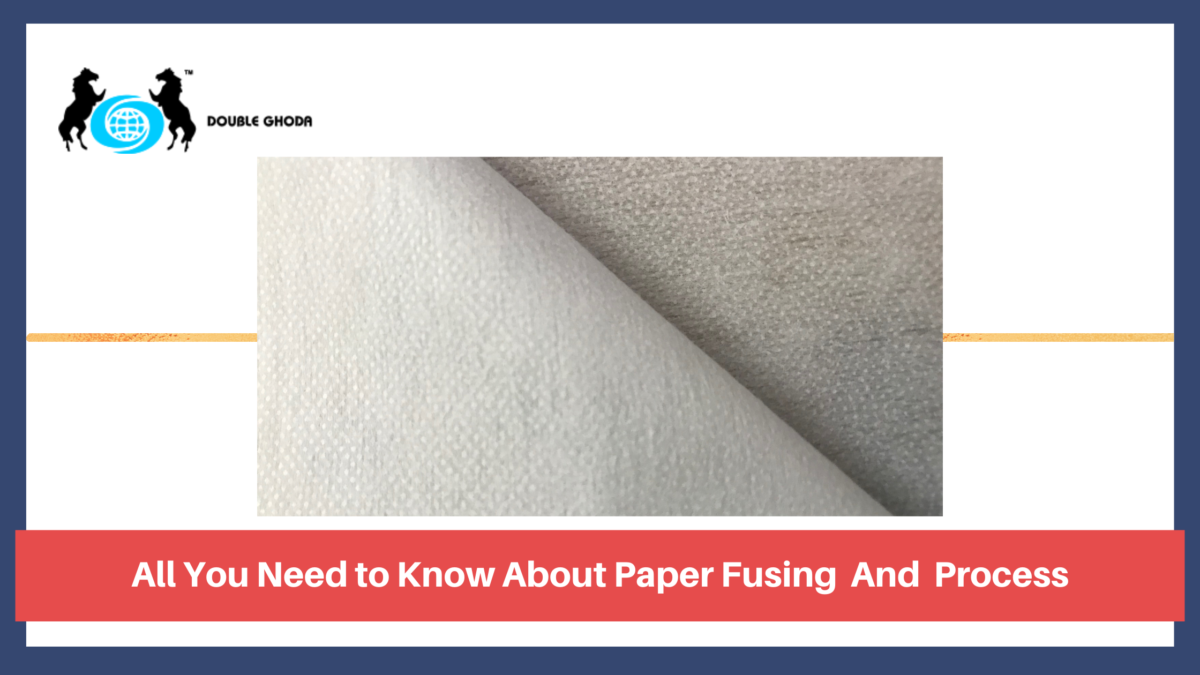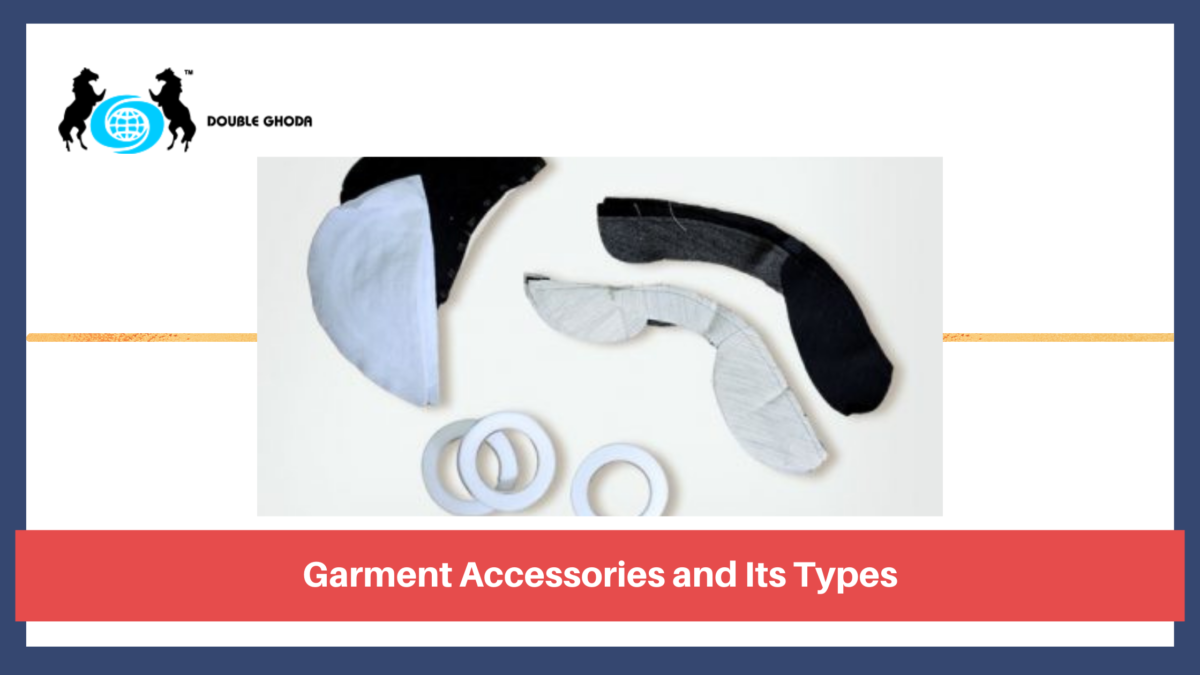What is Paper Fusion
Paper Fusion is also known as Non- Woven Fusible interlining. It is a material that will melt when heated.
The woven kind is a cotton fabric with one side primed with fusible glue. The non-woven kind consists of agglutinated and compressed fibers and one side is primed with fusible glue.
Non-Woven Fusible Interlining fabrics are mainly used as a raw material in the sewing process and used in cuffs and collars of shirts.
As the name suggests it is a non-woven interlining but more like sheets of paper or cardboard. This type of material is used for bags and purses.
It is made directly from fiber to fabric stage in the process reducing the cost of the base fabric. As there is no yarn used in producing nonwovens, it lacks the strength needed for garment use and there are many methods applied to present required power to nonwoven textiles, called Bonding.
Polyester fabrics commonly do not stain simply and are resistant to stretching or shrinking. Polyester linings are usually used for lining and insulating coats and hats but may be used for any other type of lining job. This lining polyester is equipped with a nice sheen and shows to be a part transparent.
Fusing Paper Process
To use paper fusion, the first step is to place the resin side of the fusing on the backside of the fabric and heat it with an iron. When placed on the fabric the melting action causes the interlining to stick to the fiber.
The paper fusion is not woven or knitted, It is used to make fabrics stiffer and especially effective for mending hems and small holes.
There are various qualities of paper fusing to meet the needs of different products. A shi collar would require thick fusing whereas, for a woman’s dress neckline, one would have to use thin fusing paper. Paper fusing can also be used in belt rolls, the lower part of salwar, bags, and much more.
Selecting premium quality paper fusing is highly essential to create a well-constructed garment. Using the wrong type of paper fusing could make the garment odd-looking and would fail to provide support.
Know About Paper Fusing in India and It's Process
Backed by rich industry experience and market understanding, we are involved in offering a wide array of products to our valued patrons. Paper Fusing in India.
What is fuse paper?
This is used in embroidery backing, it protects embroidery from stretching when working with hand or machine, its fusible interlining means you just have to iron on back side this paper sticks on your cloth ,so result is fine embroidery.
What is fusing paper used for?
It is mainly used for appliqué as you can stick one piece of fabric onto another easily and then sew the raw edges and cut as per the design, peel the paper –the glue on the paper will transfer to fabric.
How do you fuse paper to fabric?
Place the fabric on the ironing surface then put the rough side or glue side of the paper on top. (If using Misty Fuse, place the web on the fabric and cover the web with parchment paper.) Transfer the fusible web to the fabric using a hot (cotton setting), dry iron.
What is a fusing machine?
Generally, fusing is done by continuous fusing machine where the heat is applied from both sides of fabric. In this process, two pairs of fabrics are fused i.e. the two interlinings are placed between or in the middle of two fabrics of apparel.
Fusing Paper at Best Price in India
Fusing Paper - Manufacturers & Suppliers in India
Fusing Paper, Fusing Paper Manufacturers, Suppliers & Dealers
Related searches, fusing paper for clothes, use of fusing paper, fusing paper in marathi, fusing paper roll, fusing paper for embroidery, fusing paper in hindi, how to make fusing paper at home, fusing paper meaning
What is the fusing process?
Fusing is a type of manufacturing process for joining or terminating electrical magnet wire, that is coated with a varnish (film) type insulation, to itself or some type of electrical terminal, without prior removal of the insulation. During the fusing process, the varnish film insulation is vaporized automatically.
How many types of fusing are there?
There are three types of fusing process used in garments which are mentioned below: Reverse fusing, Sandwich fusing, Double fusing.
What is fabric fusing?
Fusible web is a humanmade fiber that will melt when heated. When placed between two pieces of fabric, the melting action of the fusible web causes it to fuse the two fabrics together. ... It's used to make fabrics stiffer, and it's especially effective for mending hems and small holes.
Non Woven Paper Fusing in India
Fusing Paper in Mumbai
Paper Fusing - Non Woven Interlining Fabric Suppliers
Top Fusing Paper Supplier in Mumbai
Top Fusing Paper Importers in Mumbai
Fusing Paper - Fusing Paper Wholesalers
Fusing Paper in Mumbai - Dealers, Manufacturers & Suppliers
Fusing Paper Manufacturers & Suppliers in Navi Mumbai
Garment Paper Fusing Labels at Best Price in Mumbai
Fusing Paper - Fusing Paper buyers, suppliers, importers, exporters and manufacturers
Related searches, fusing paper in marathi, fusing paper in hindi, how to make fusing paper at home, fusing paper manufacturers in india, fusing paper for clothes, fusing paper near me, fusing paper price, fusing paper uses
Cities we cater in India: Panaji, Goa, Madurai, Tamil Nadu, Mysore, Karnataka, Amritsar, Punjab, Jaisalmer, Rajasthan, Hyderabad, Telangana, Pune, Maharashtra, Udaipur, Rajasthan, Chennai, Tamil Nadu, Kochi, Kerala, Varanasi, Uttar Pradesh, Kolkata, West Bengal, Bangalore, Karnataka, Agra, Uttar Pradesh, Mumbai, Maharashtra, Jaipur, Rajasthan, Delhi,
Related searches: fusible interlinings in india, woven interlinings in india, non woven fusible interlining in india, non fusible interlining in india, woven fusible interlining in india, suppliers of woven and non woven interlining in india, polyester lining fabric in india, polyester linings in india, lining polyester in india, poly cotton lining fabric in india, poly lining fabric in india, polyester lining fabric wholesale in india, garment accessories suppliers in india, interlining fabrics in india, paper fusing in india, lining fabric in india, coat buttons in india, sherwani button in india, lining cloth wholesale in india, buttons wholesale bulk suppliers in india
